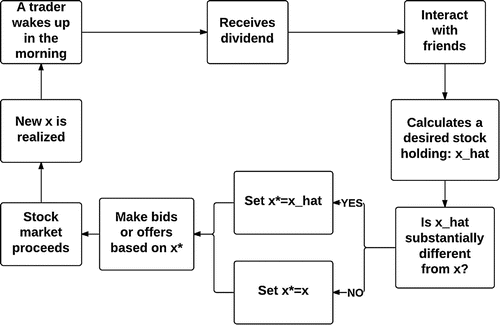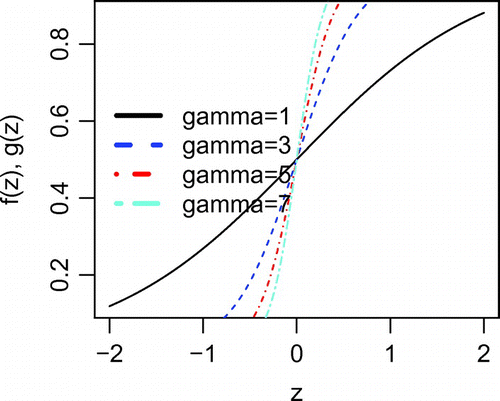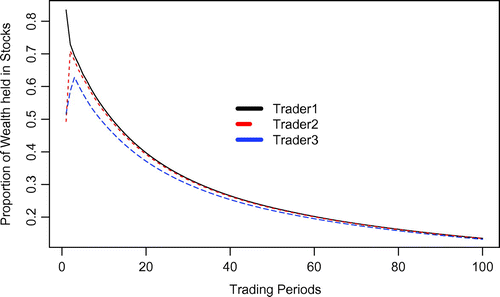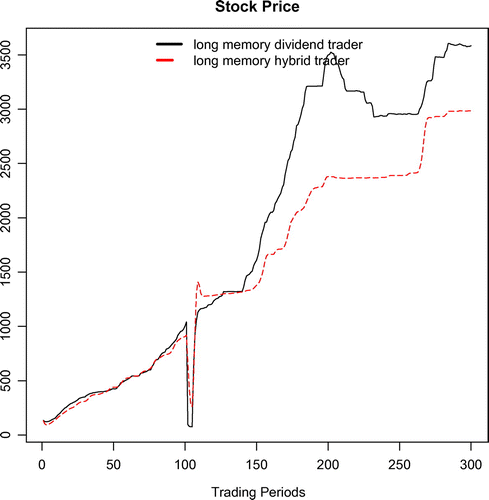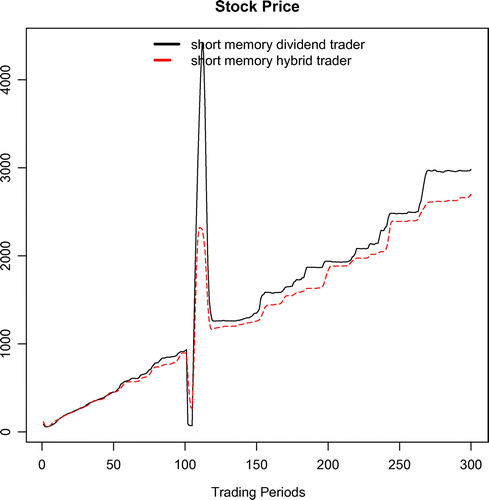Figures & data
Table 1. Summary of endogenous variables
Table 2. Summary of exogenous variables
Figure 2. The network structure of traders.
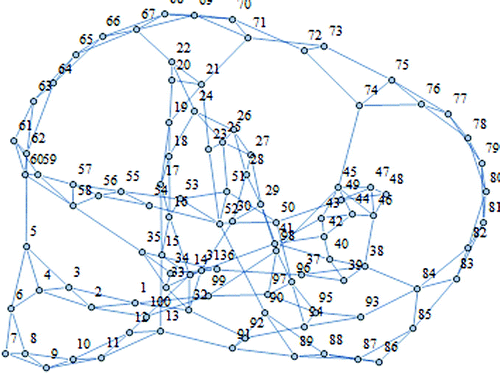
Figure 4. Bid/offer curve of a trader.
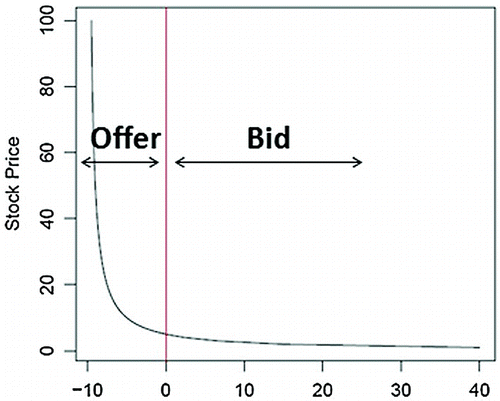
Table 3. Six cases to be experimentally studied
Table 4. Maintained parameter values
Figure 5. Stock market dynamics: Long-memory dividend trader (Case 1).
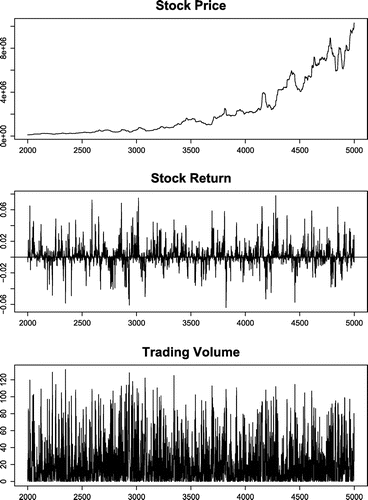
Figure 6. Stock market dynamics: Short-memory dividend trader (Case 2).
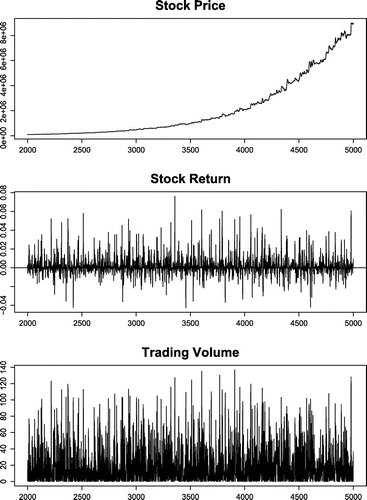
Table 5. Summary of stock return statistical properties: Dividend traders
Table 6. ARCH effect tests for stock returns: Dividend traders
Figure 7. Stock market dynamics: Technical trader (Case 3).

Figure 8. Trading profile: Technical trader (Case 3).
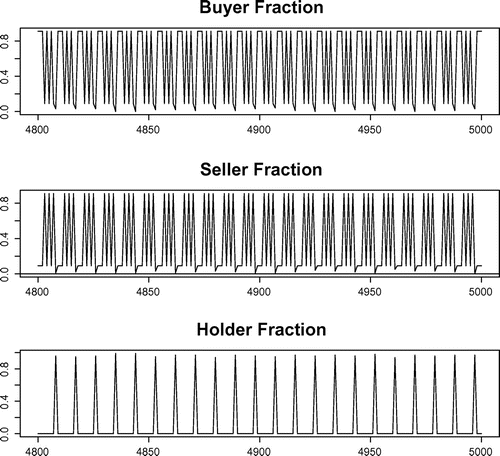
Figure 9. Stock market dynamics: Network trader (Case 4).
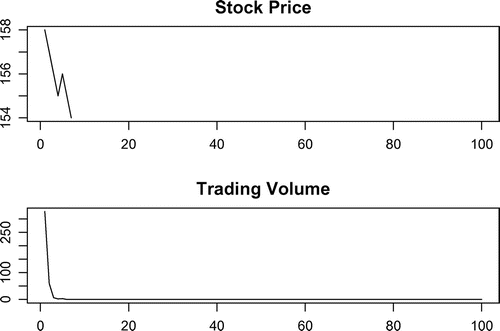
Figure 11. Stock market dynamics: long-memory hybrid trader (Case 5).
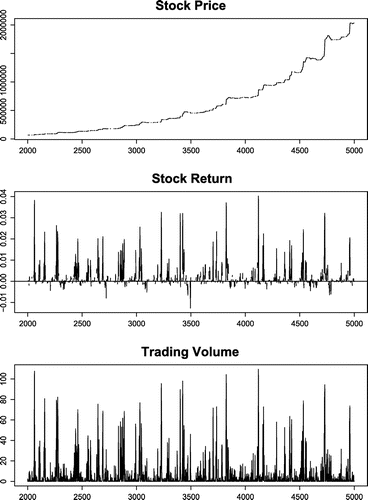
Table 7. Summary of stock return statistical properties: Hybrid traders ARCH effect tests for stock returns: Hybrid traders
Table 8. ARCH effect tests for stock returns: Hybrid traders
Figure 12. Stock market dynamics: Short-memory hybrid trader (Case 6).
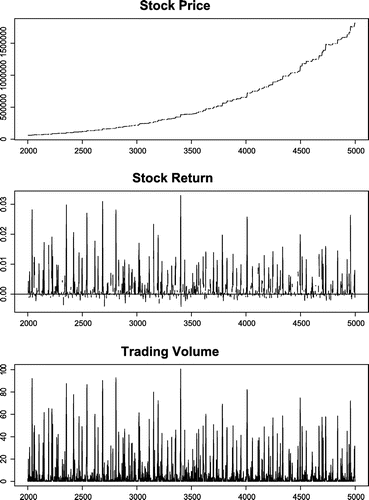
Figure 15. Average wealth by trading type (AvgMt).
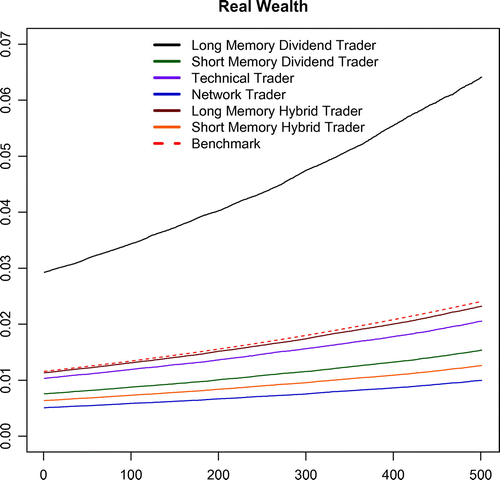
Table 9. Growth rate of average wealth

